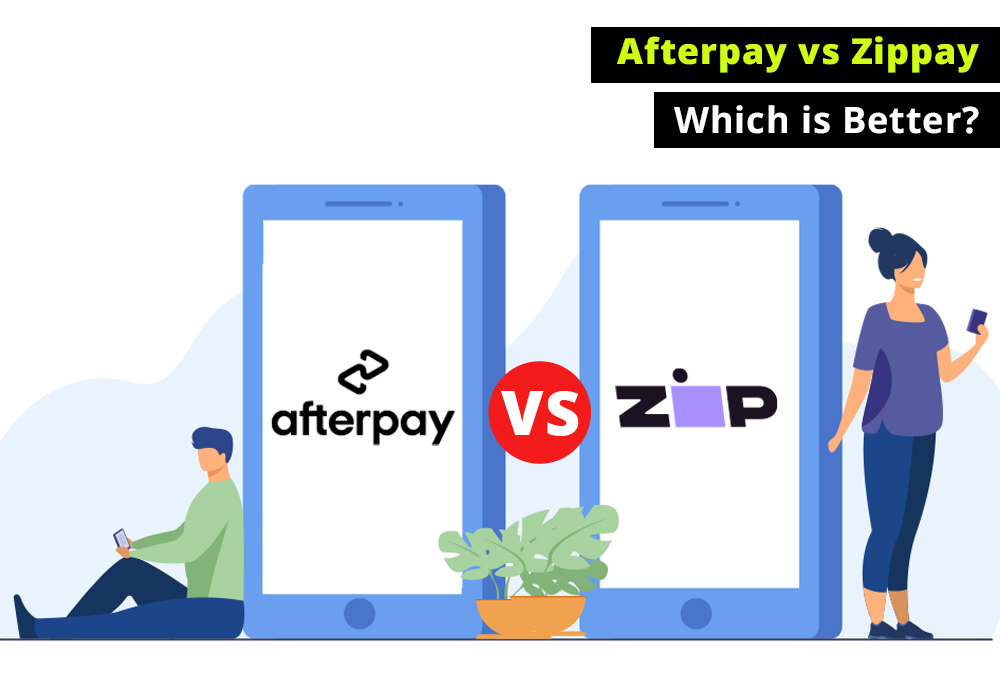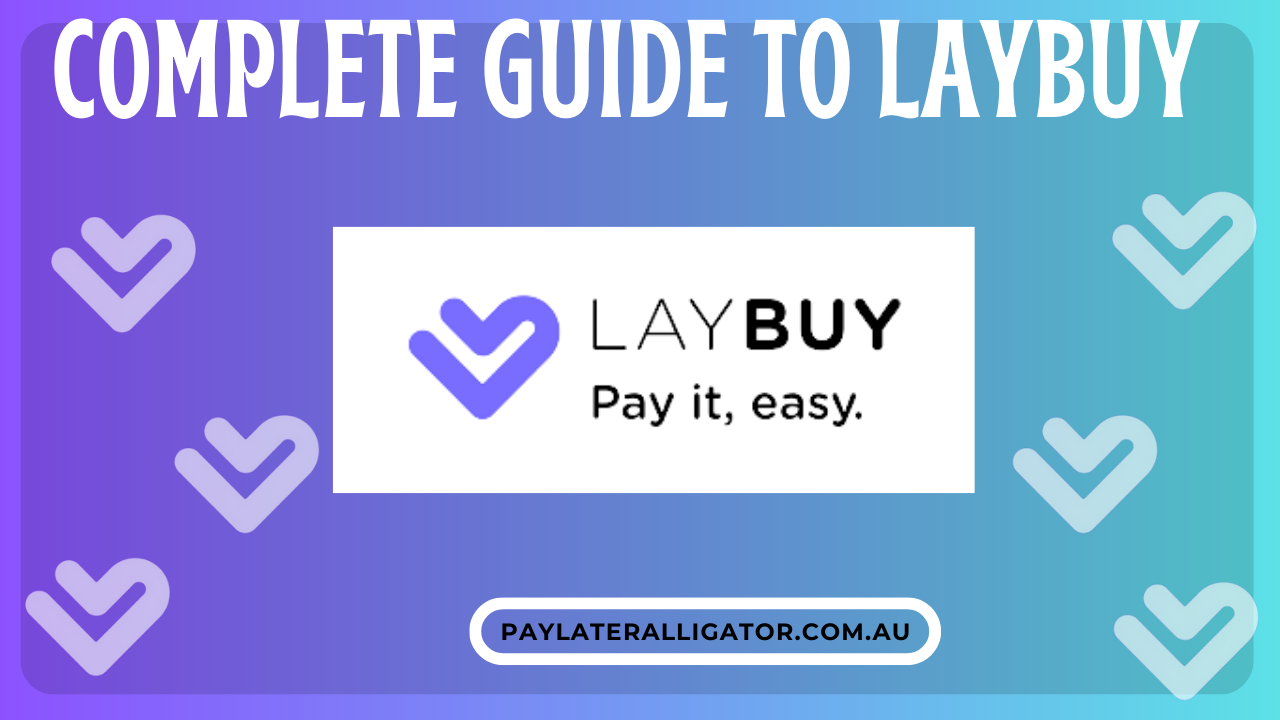
Updated Guide for Afterpay vs Zip Pay: Which is Better and Why
If you’re familiar with ‘buy now pay later’ services, you’ve likely heard of Afterpay and Zip Pay. They’re both used by millions of Australians, but what’s the difference between them?
Afterpay first launched in Australia in 2014 and a little over six years on, the buy now pay later (BNPL) industry has skyrocketed here and overseas.
The Australian Securities and Investments Commission (ASIC)’s most recent report into the industry revealed that BNPL transactions rose by a staggering 90% from 2017-18 to the 2018-19 financial year.
If you’re unfamiliar with the world of buying now and paying later, it’s a service that allows you to buy an item, take it home right away and pay it off over time.
Most payment plans are scheduled over a few weeks, but payment timeframes for bigger purchases may be longer, depending on which BNPL provider you choose.
If you’re looking to use a BNPL service, it could be worth considering the pros and cons of two of Australia’s most popular payment plan providers.
Afterpay vs Zip Pay
Afterpay and Zip Pay are two of the most widely used BNPL services on the market right now.
Afterpay currently has around 3.4 million customers in Australia and New Zealand alone, while more than 2 million people across the two countries currently have a Zip Pay or Zip Money account.
Both have been running in Australia for more than six years, and their popularity has continued to grow over that time, so what’s the difference between the two?
Afterpay
If you choose to make a purchase using Afterpay, you will typically have to pay it back in four equal fortnightly instalments, starting with the first one at the time of purchase. But it is a good idea to look at the fine print to know whether this service is right for you.
We’ve pulled together some key facts about Afterpay for you to consider.
Fees
Afterpay doesn’t charge account-keeping fees, however, there are late and dishonour fees if you miss a repayment. If you fail to make a payment, you’ll be charged a $10 late fee. If the payment is still outstanding after seven days, you’ll be charged a further $7. These fees are capped, so purchases under $40 will be capped at one late fee per purchase. Late fees on purchases of $40 or more are capped at 25% of the original purchase value or $68, whichever is less.
If you set up automatic payment and there are insufficient funds on the date the amount is due to be withdrawn, you are liable for the fees or charges Afterpay may face, as well as the late fees.
Afterpay does not charge interest.
Where It Can Be Used
If you want to use Afterpay in-store or online, you need to make sure the store or merchant you are buying from will accept payment via Afterpay.
Afterpay has more than 55,000 merchant partners around the nation. You can use Afterpay in-store with any retailers that accept the Afterpay app, which generates a barcode to help enable your purchase.
Some of the big-name brands that accept payment via the Afterpay app both in-store and online include Target, Country Road and Kathmandu.
A full list of stores can be found on Afterpay’s website.
Transaction Cap
Afterpay has a limit per transaction of $1,500. This could be either a positive or a negative for you, depending on your financial situation and ability to stay on top of payments.
Product Quality Protection
If you receive a product that you believe is not as described or unsatisfactory, Afterpay does not provide support in the refund process. This includes products you might purchase through its site from a third party. You will generally need to deal with the merchant directly in these cases, rather than going through Afterpay.
Hardship Policy
If you find yourself in financial trouble and struggling to make your Afterpay repayments on time, Afterpay says it may offer support under its financial hardship policy. It recommends you get in touch over the phone or by filling out an online form as soon as you realise you won’t be able to make a payment on time.
The hardship support Afterpay offers might include moving payment dates, arranging a new payment plan or waiving late fees, depending on your circumstances.
Zip Pay
Zip Pay is offered by Zip Co and works similarly to Afterpay in some ways, although there are some key differences between the two BNPL services. Like Afterpay, Zip Pay is free to sign up for, but if you miss a payment you could face additional fees.
The service also has some similarities to a credit card or line of credit, in that depending on the size of your purchase, you may not necessarily have to pay it all back within a set timeframe. Zip requires a minimum repayment amount of $40 a month unless the outstanding balance on your account is less than this. Additionally, if you don’t pay your balance off in full, Zip says you will be charged a monthly account-keeping fee until you do.
Fees
Zip Pay charges a $6 monthly account-keeping fee, however, this is waived if you pay back your Zip Pay balance in full before the end of the month. If you fail to pay the minimum payment each month (which starts at $40 per month, depending on your credit limit and outstanding balance), you will be charged a $5 late fee. If you miss a payment, Zip says it will attempt to process the transaction again the next business day. If a payment is rejected by your bank, a $15 dishonour fee will be applied to your account.
Zip Pay does not charge interest.
Where It Can Be Used
Like Afterpay, Zip has agreements in place with a number of merchants in Australia, allowing these merchants to let customers pay with Zip Pay at the checkout. It currently has more than 26,000 retail and online partners Australia-wide.
Big-name brands that accept Zip Pay both in-store and online include Big W, Target and Fantastic Furniture. You can also use Zip Pay to pay for groceries by purchasing a gift card for Woolworths or Coles.
In addition, Zip Pay has partnered with Visa to offer a single-use card that can be used at stores that accept Visa, through the use of a smartphone.
A full list of stores can be found on Zip’s website.
Transaction Cap
Zip Pay has a maximum credit limit of $1,000. This could be either a positive or a negative for you, depending on your financial situation and ability to stay on top of payments.
Product Quality Protection
The Zip Buyer Protection Policy may help you to recover your money if you don’t receive an item, or if it is significantly different to how it was described at the point of sale.
If you meet the eligibility criteria, Zip Pay will file a claim with the merchant selling the goods. It could be important to read the fine print of Zip’s policy carefully to understand what is and isn’t covered. For example, the policy excludes goods such as travel tickets, custom-made items, and gift cards.
It’s important to keep in mind that this policy doesn’t negate any of your rights under Australian consumer laws. You can still choose to approach the merchant directly in the case of receiving a faulty product.
Hardship Policy
Like Afterpay, Zip Pay has a financial hardship policy in place for people who are having difficulty keeping up with their payments. If you’re in this situation, Zip encourages you to contact it to discuss your options.
Zip says that depending on your individual circumstances, it may be able to offer “temporary solutions” including short-term payment arrangements, loan variations or a moratorium on repayments.
Even if you aren’t experiencing hardship, you can change your repayment schedule – to coincide with when you get paid, for example – which could help you stay on top of your bills.
What are some key points of difference between Afterpay and Zip Pay?
Where You Can Shop
Afterpay’s in-store use is limited to outlets that accept the Afterpay app, featuring a barcode. Zip Pay itself has significantly fewer retail partners than Afterpay, although due to Zip’s partnership with Visa, its single-use card generated within the Zip smartphone app can be used at all stores that accept Visa.
Account-keeping Fees
If you have an outstanding balance, Zip Pay will charge you an account-keeping fee of $6 per month, in addition to any late fees you may owe. Afterpay users are subject only to late fees if they miss a payment.
Repayment
Afterpay requires all first-time users to pay their first instalment upfront and to pay off their purchases in full within six weeks. Zip Pay requests a minimum of $40 per month and doesn’t require an upfront payment.
Considerations Before Using a Buy Now, Pay Later Service
While BNPL services can enable you to bring products home sooner, keep in mind there are some catches. For Zip Pay, you will be paying monthly fees on your account unless you pay it back in full every month, which could make this more expensive than if you made the purchase outright. If you miss any payments, you will also likely need to pay late fees as a penalty and it could have an impact on your credit score. Lenders, including banks, may consider your BNPL spending when you apply for a loan or line of credit (such as a credit card). Any late repayments will appear on your credit score and could affect your ability to borrow money.
Alternative Options
Zip Pay and Afterpay may be two of the biggest kids on the BNPL block, but they’re definitely not the only options.
Other buy now pay later providers in Australia include:
We have put together a breakdown of these providers.
If you are considering making a purchase with a BNPL service, you may want to consider whether you are likely to meet all payment deadlines and weigh up your other payment options. If possible, it may be a good idea to pay with money from your savings to avoid any fees. It is important to understand any fees and payment requirements for credit or financial products before you choose to use them. Keep visiting Pay Later Alligator for more updates.












